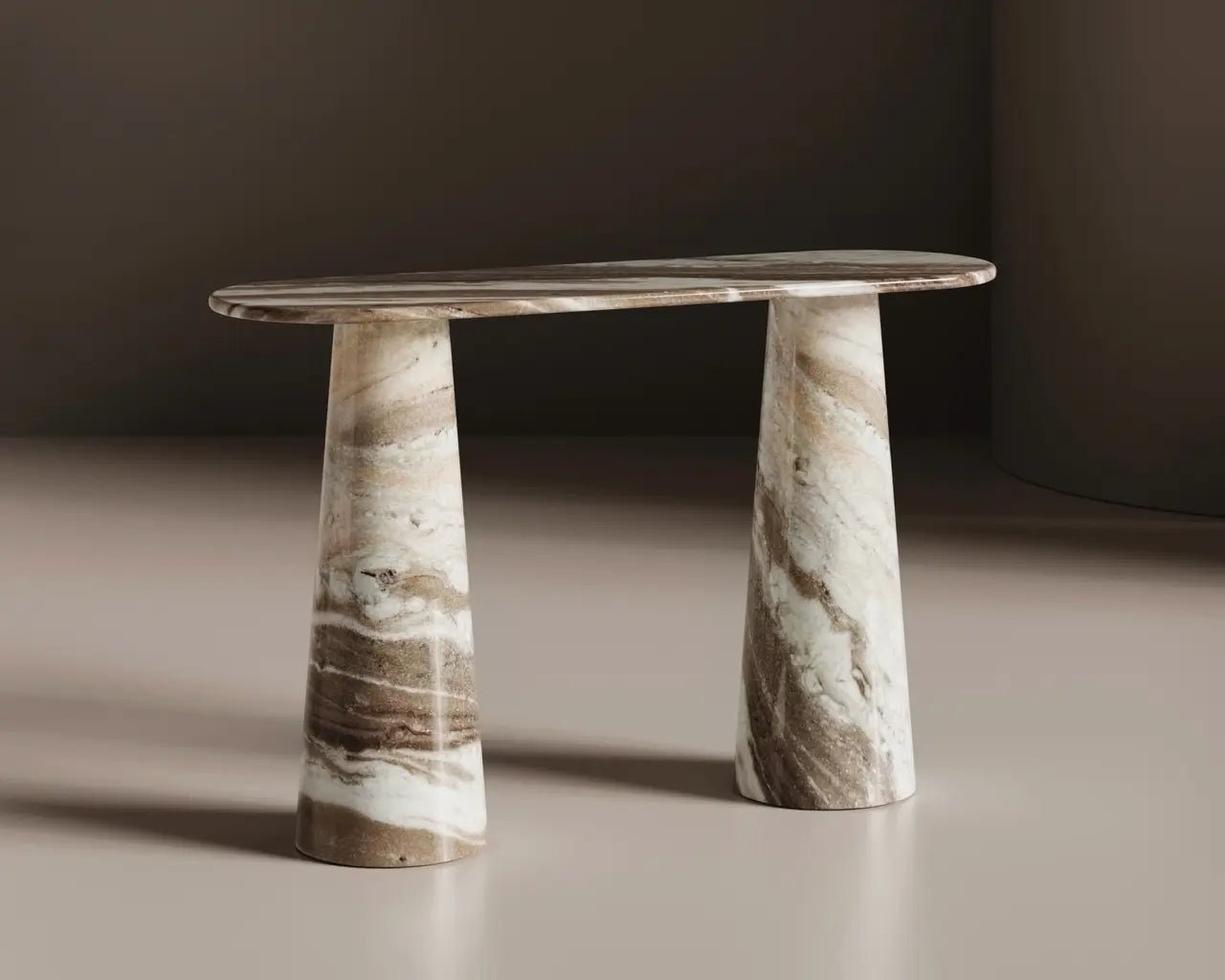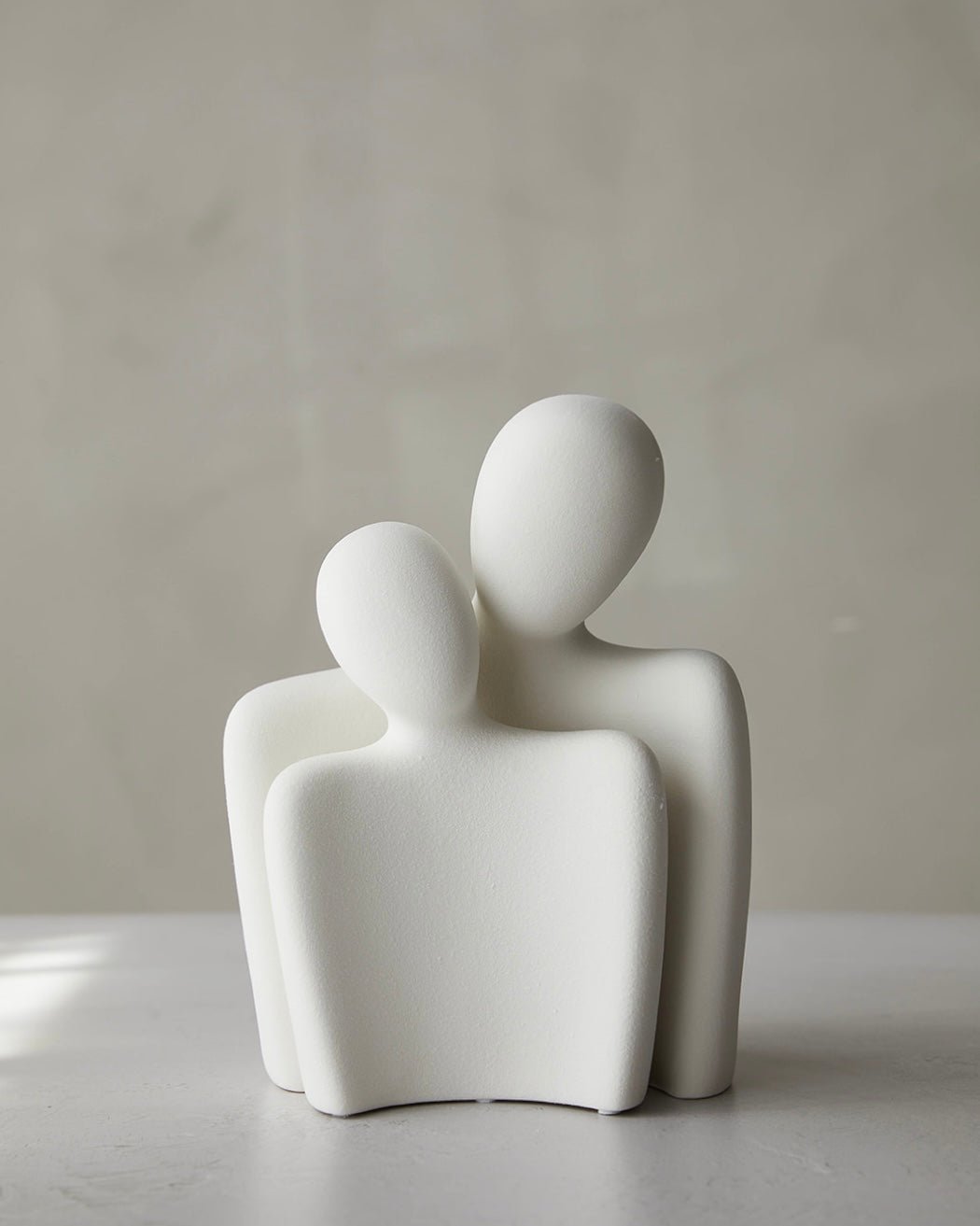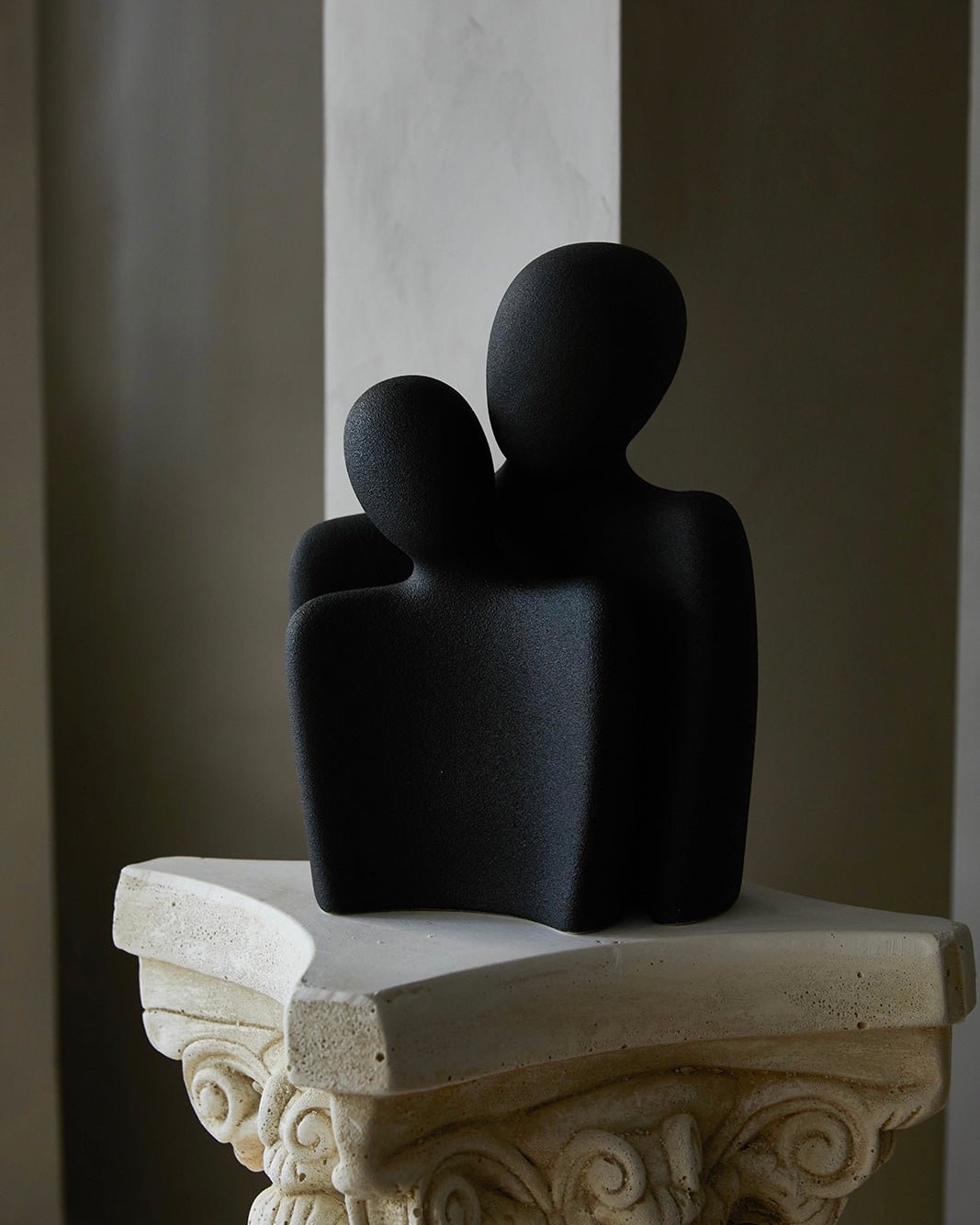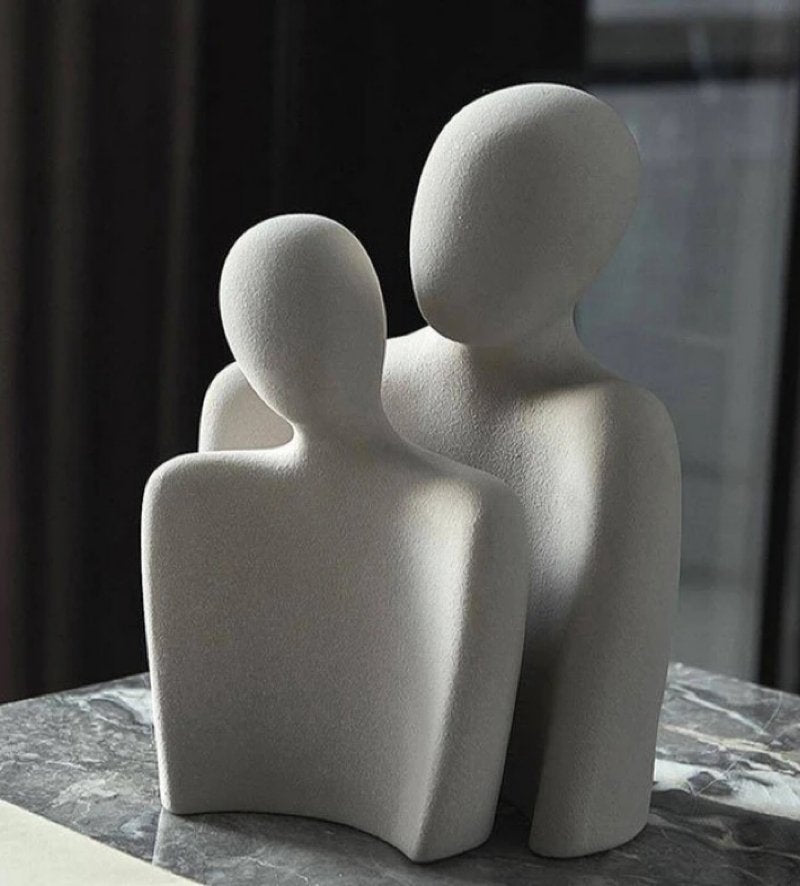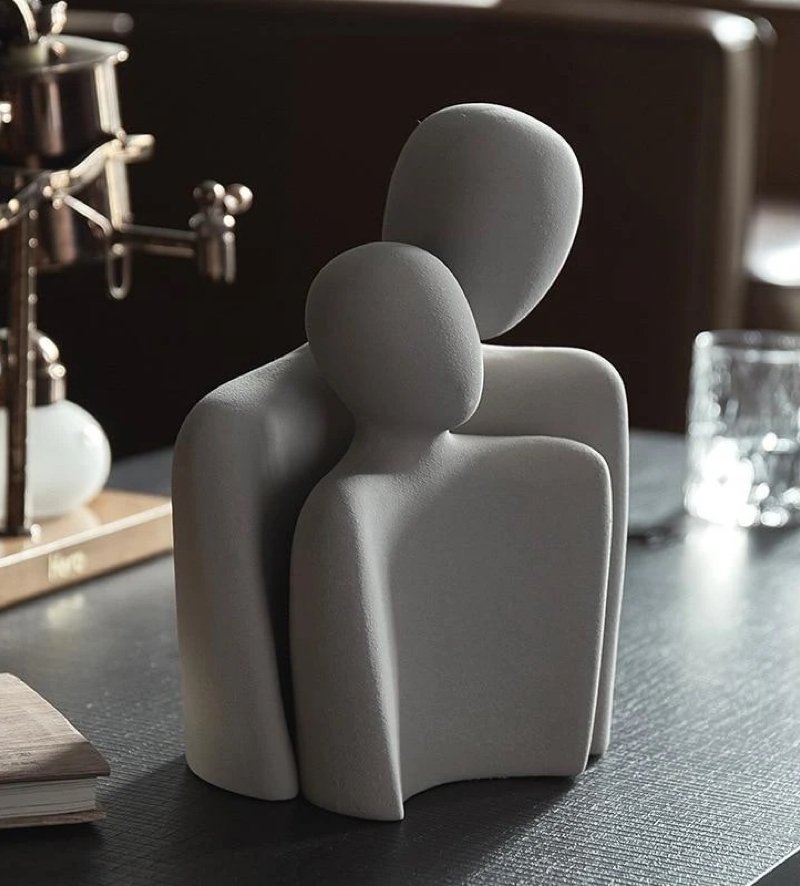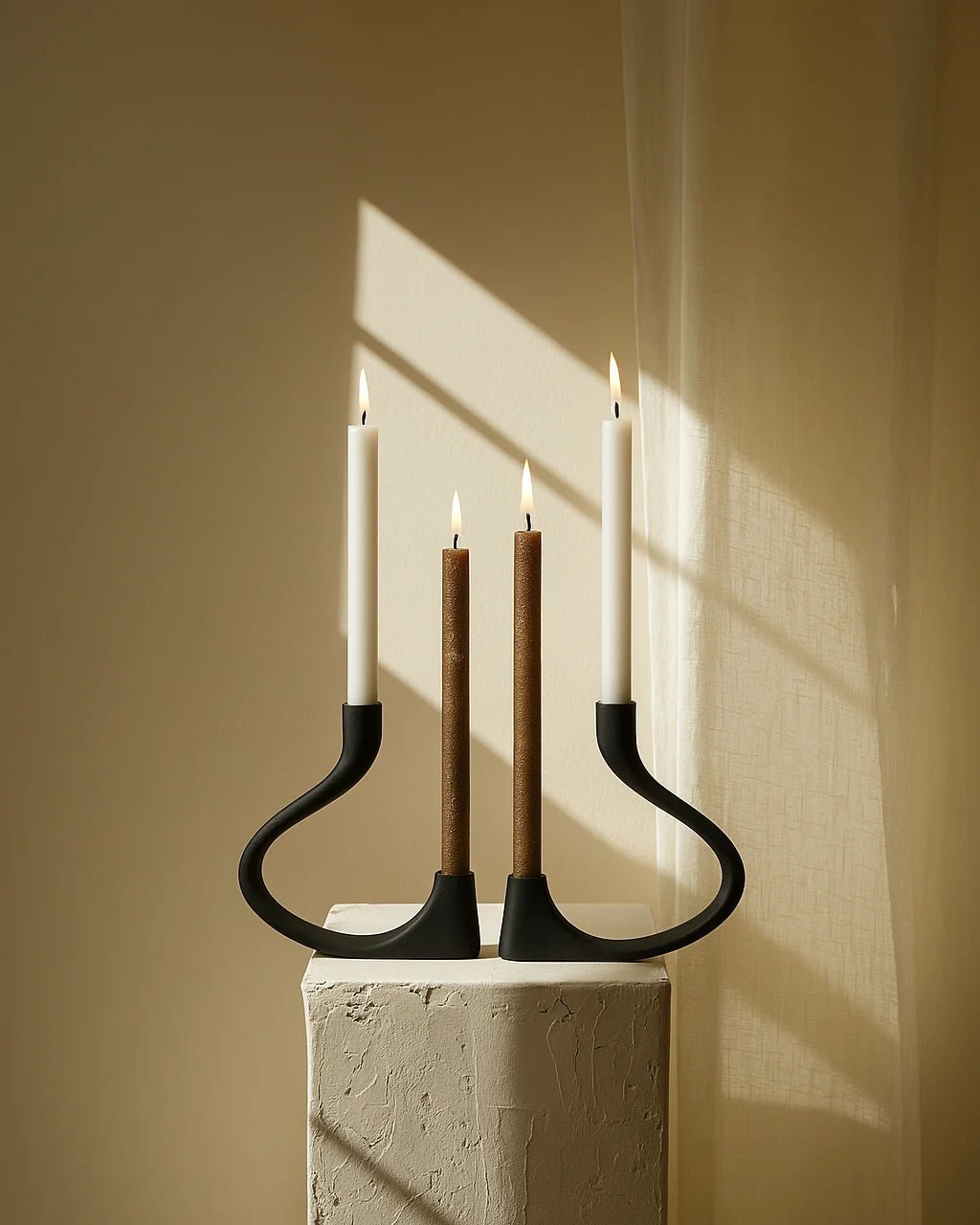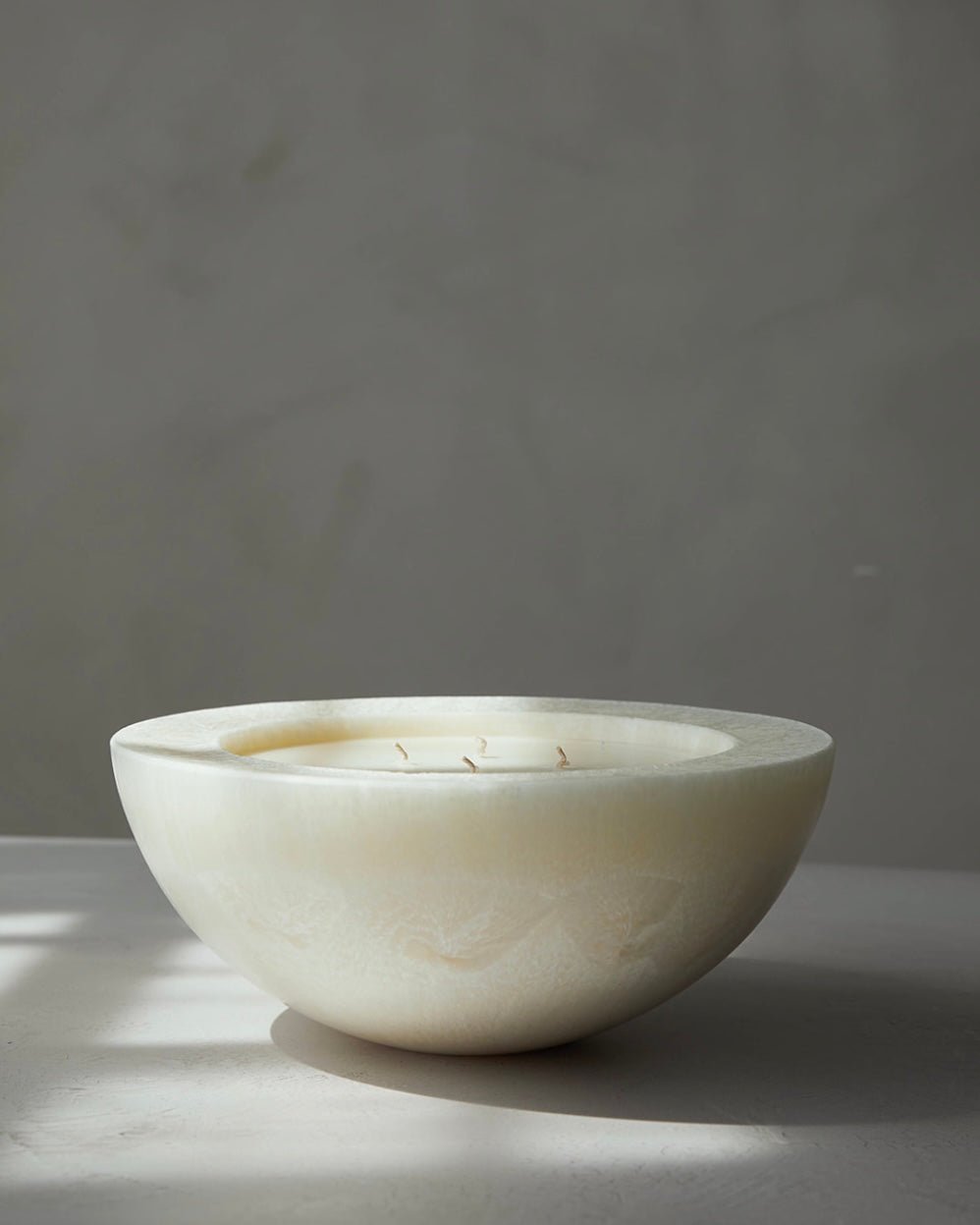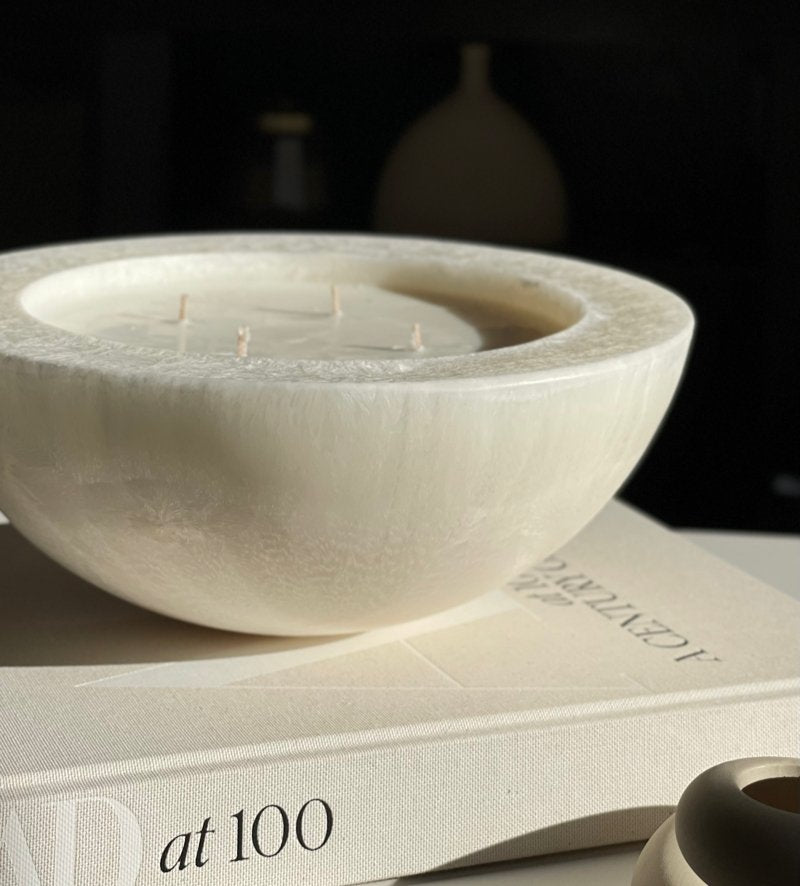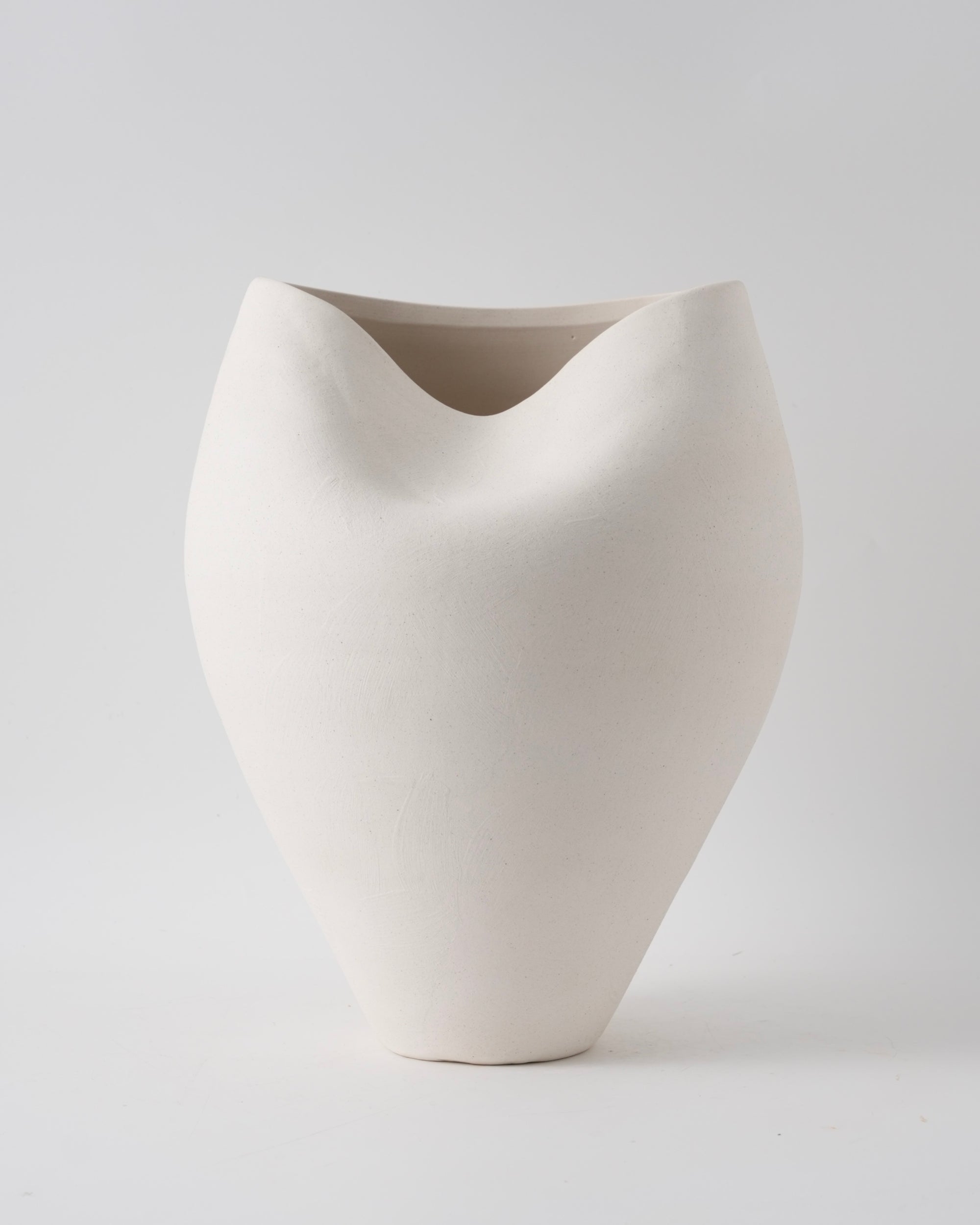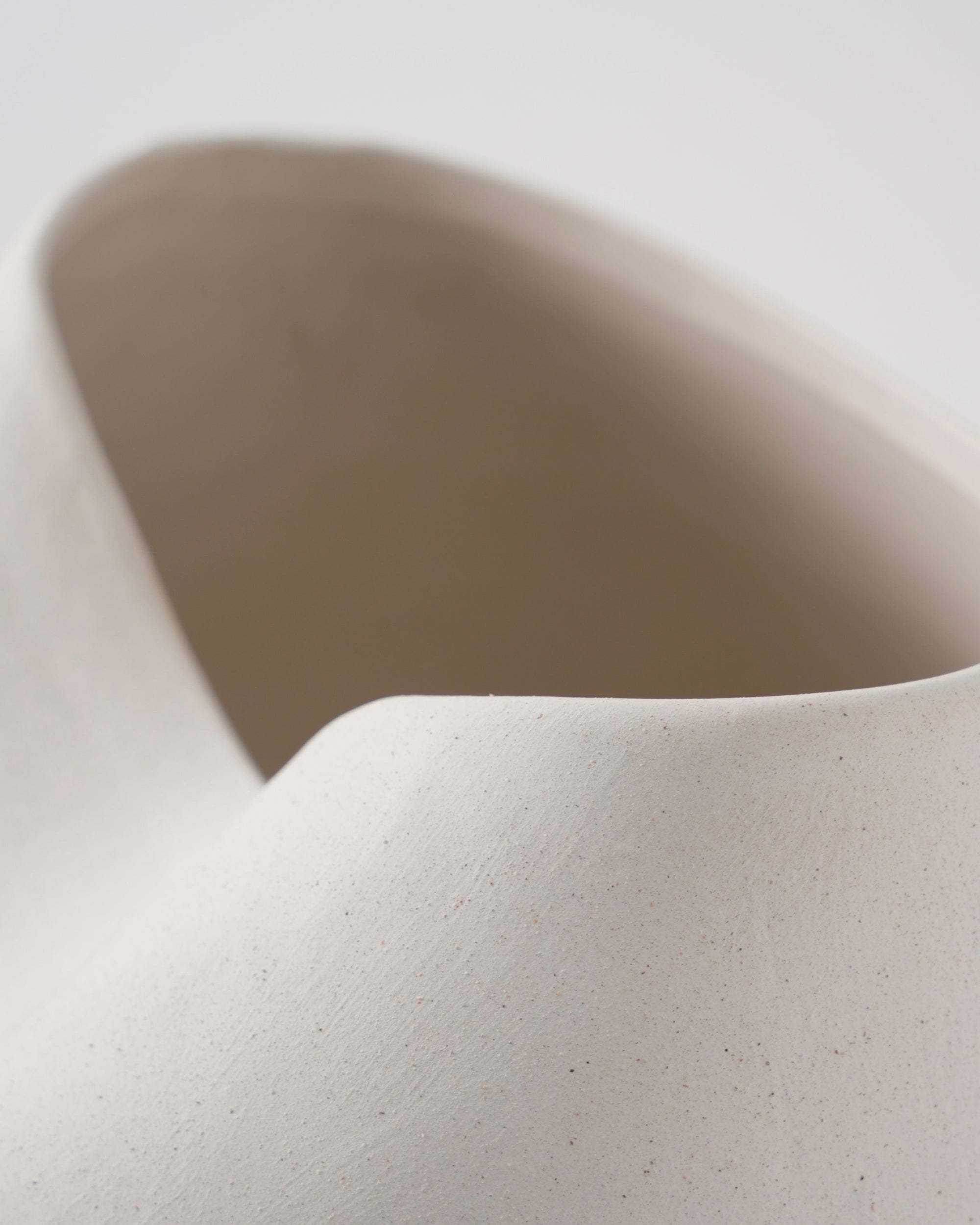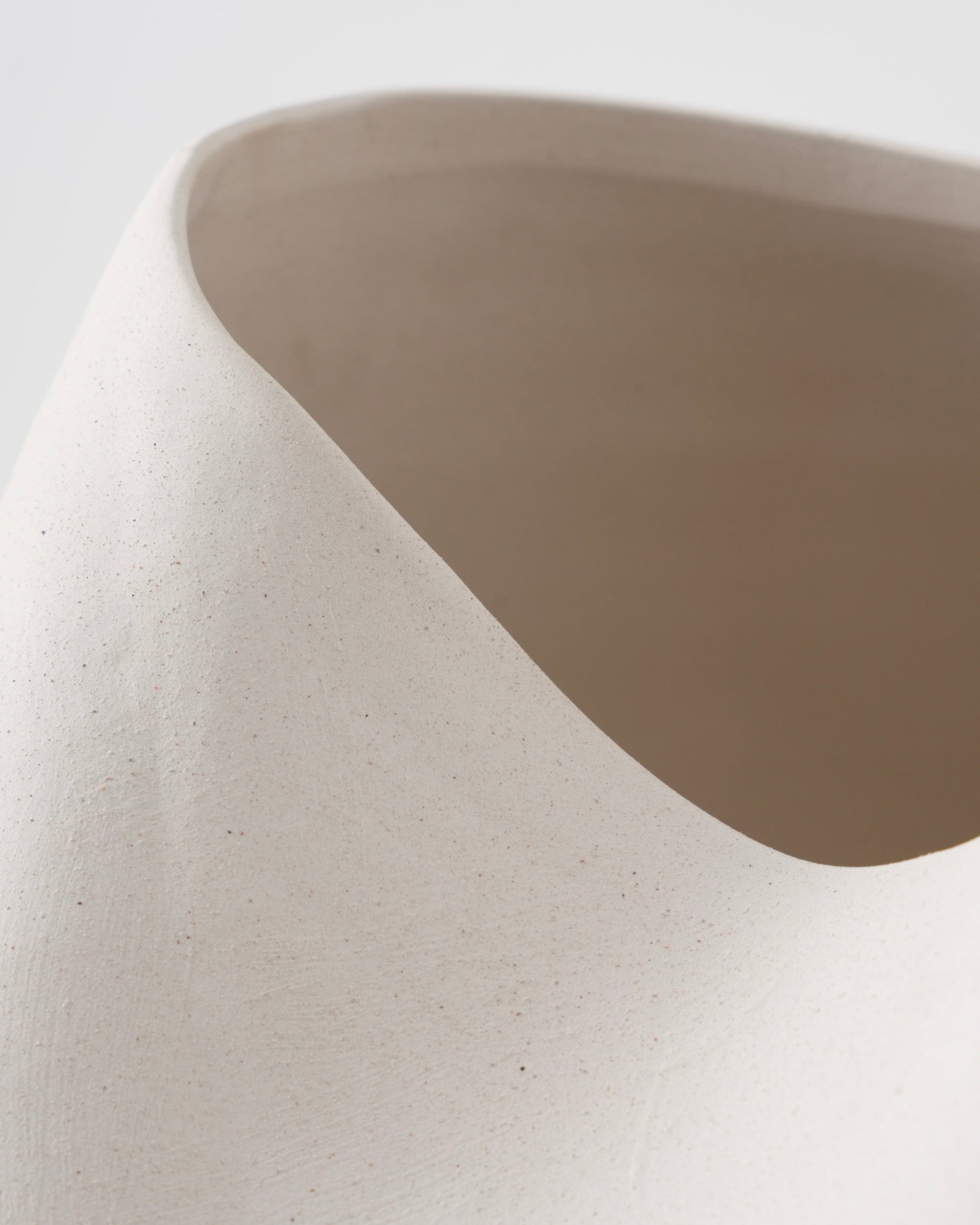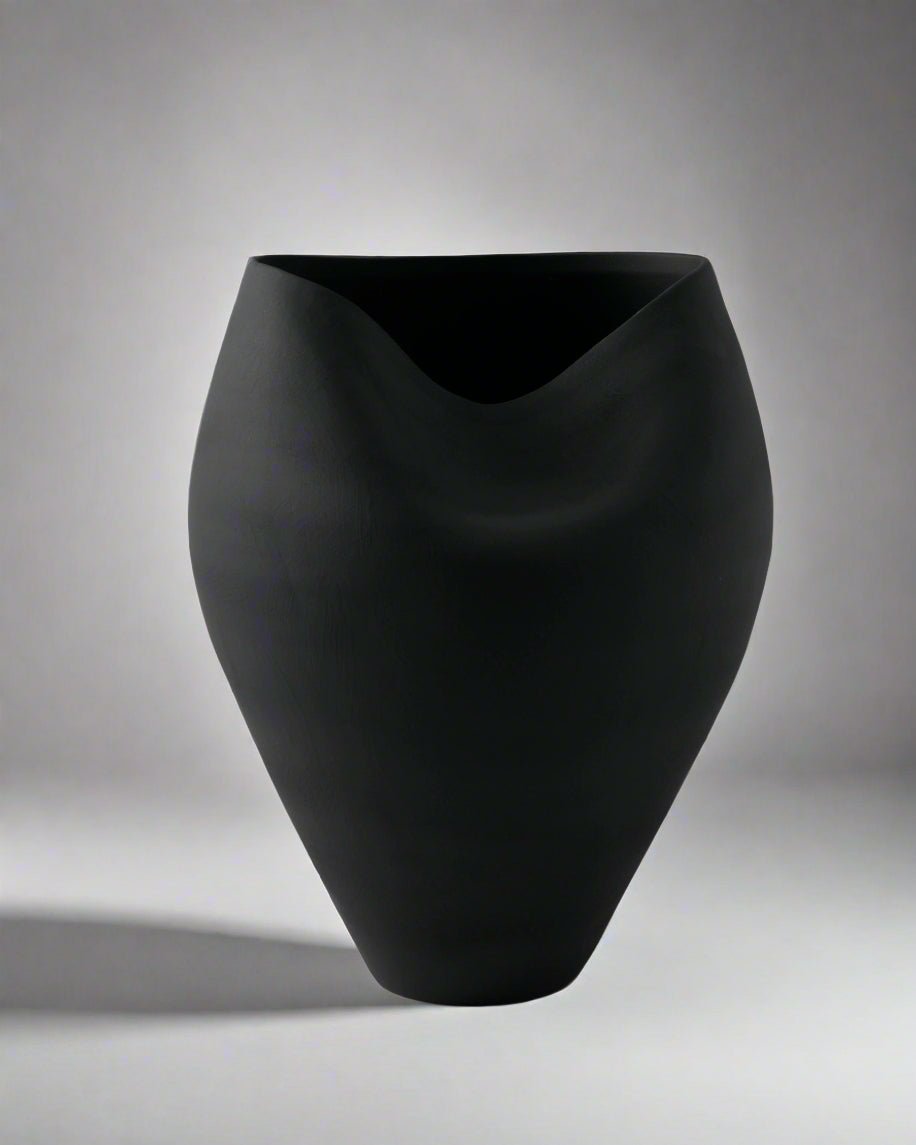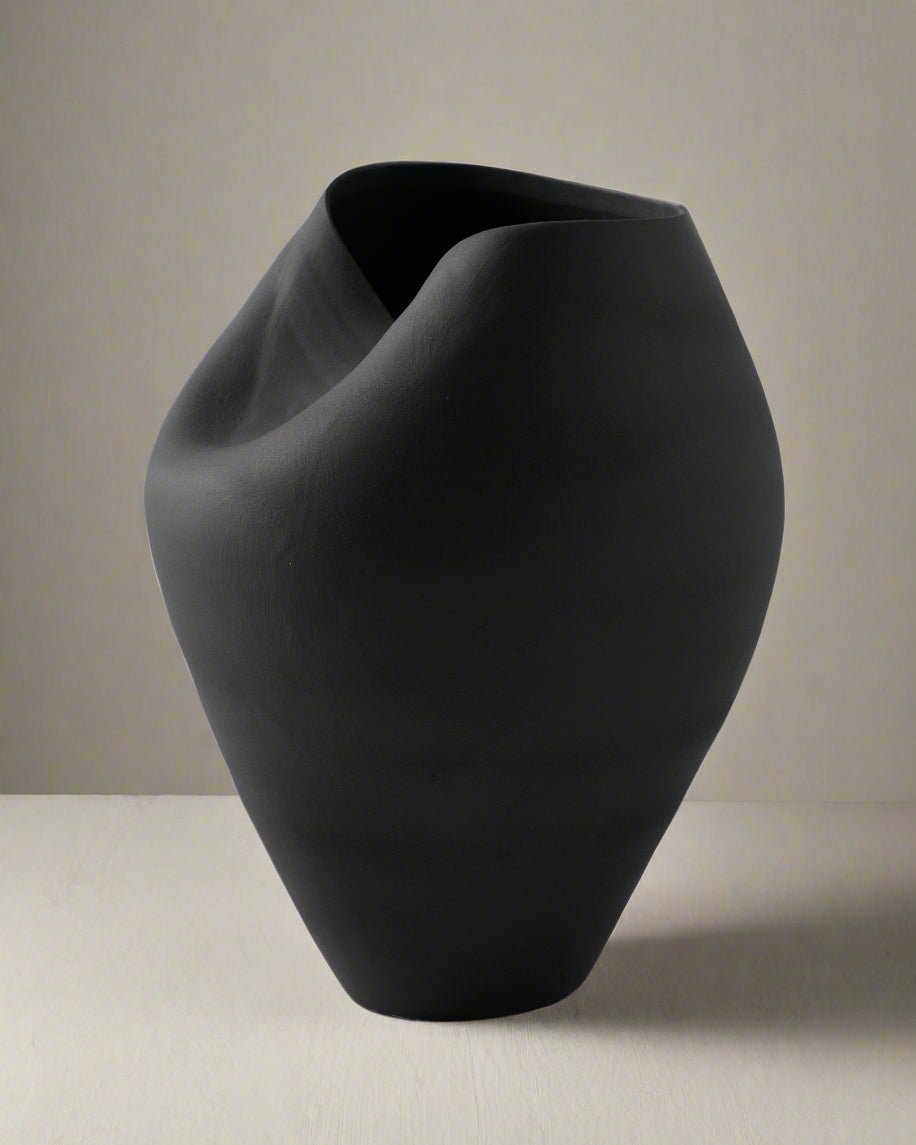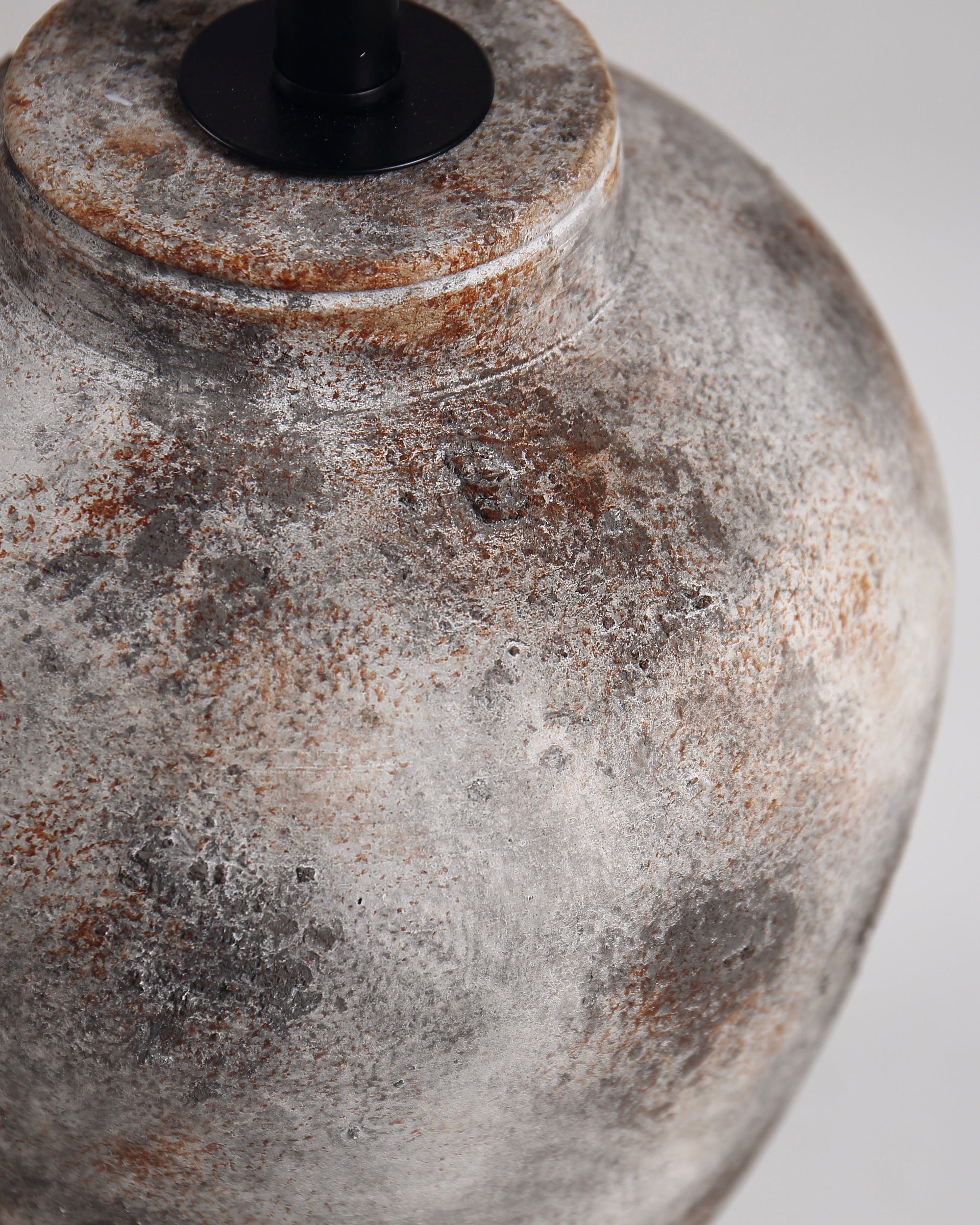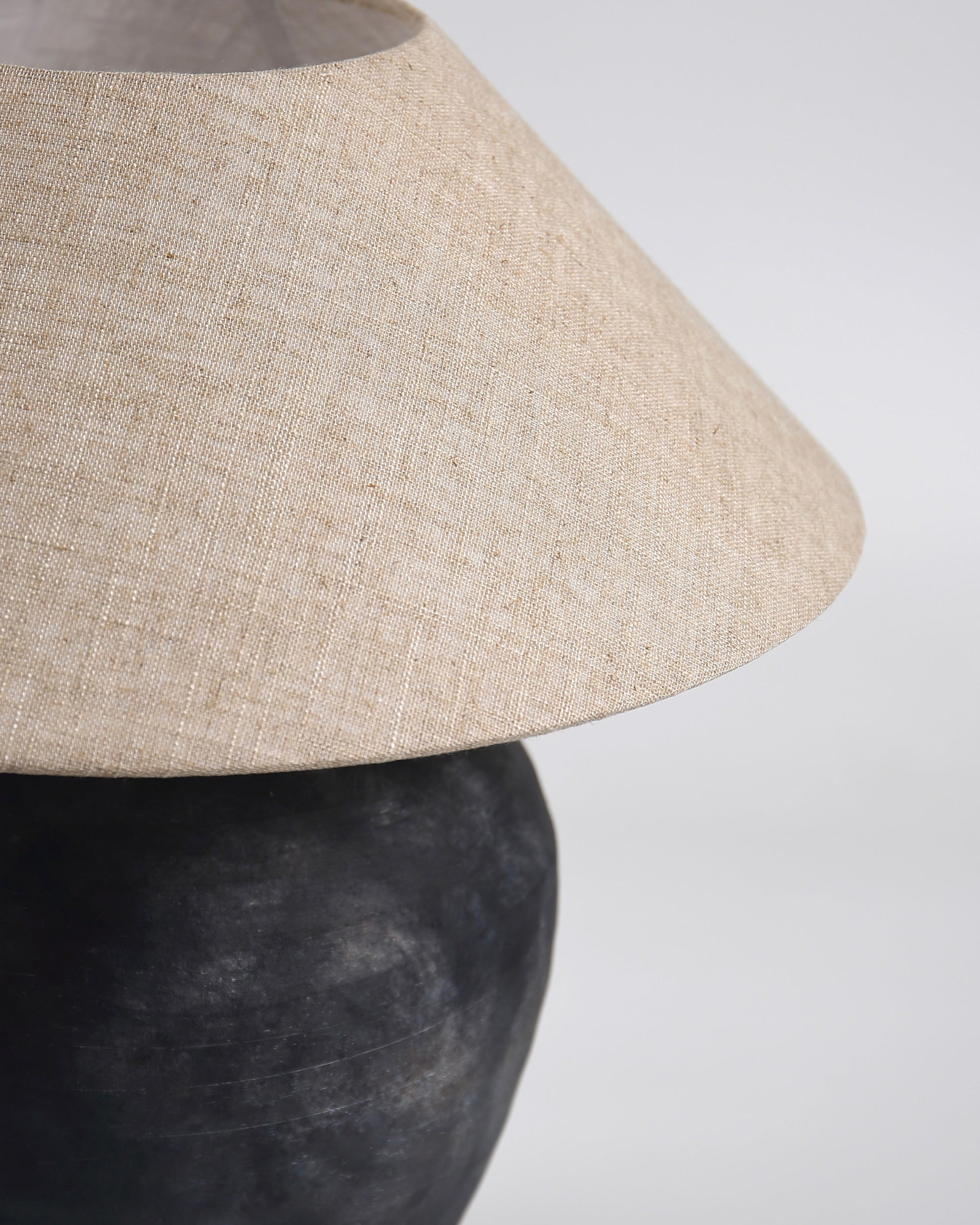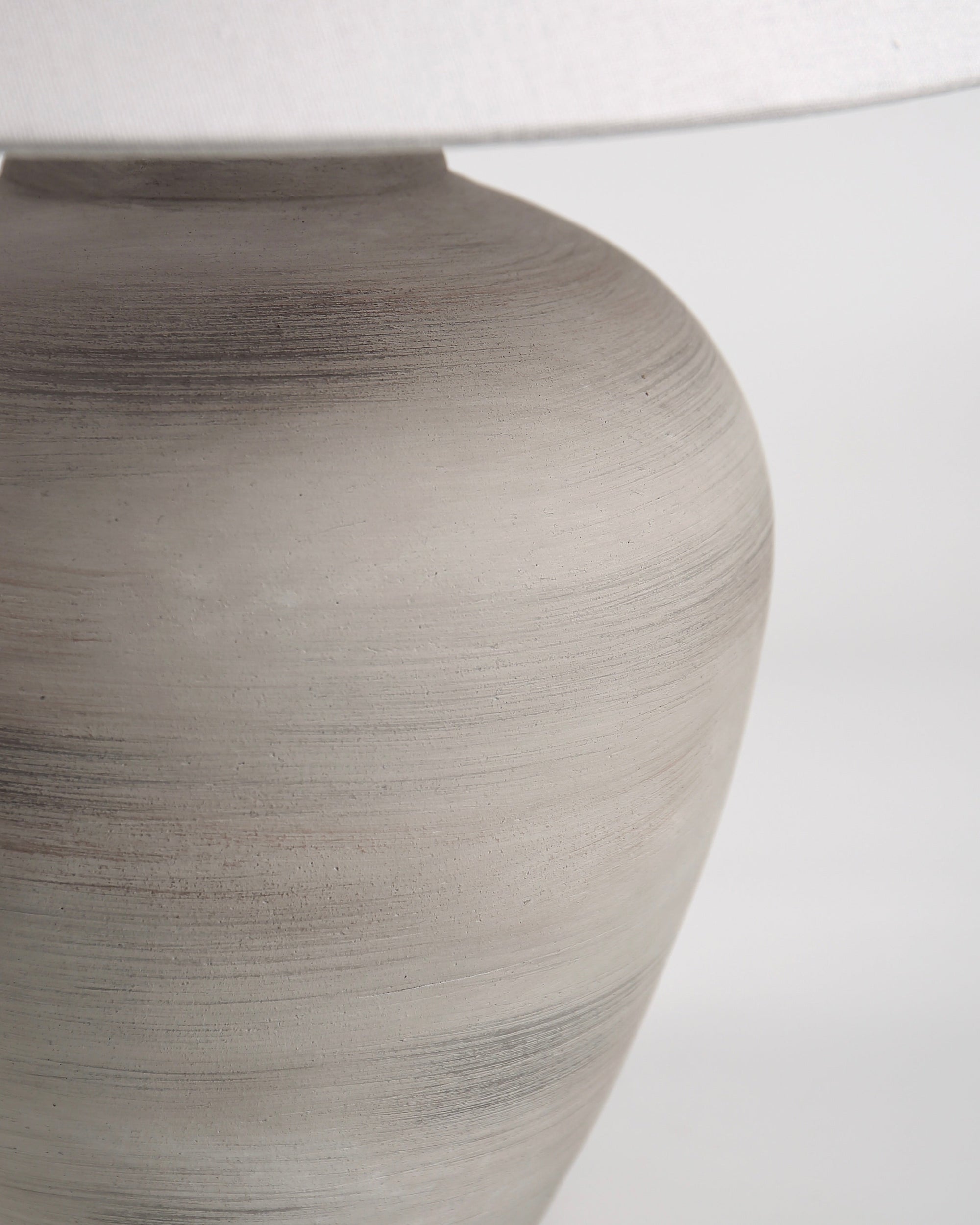First off, let's talk about the marble console table. This piece isn't just a table; it's a chunk of history you can add to your home. Originating from Ancient Rome, these tables were more than simple furniture. They were a statement. The Romans were all about showing off their wealth and prowess, and a sleek marble table did just that. Fast forward to today, and the marble console table has evolved. It's no longer just a symbol of wealth but a versatile piece for the modern home. Whether it's holding your keys in the hallway or showcasing family photos in the living room, this table has found its way into our lives in various forms. Plus, with its sleek look and timeless appeal, it has become a favorite for interior design enthusiasts looking to add a touch of elegance to their spaces. So, as we dive deeper into the style evolution of the marble console table, keep in mind that this isn't just about a piece of furniture; it's about a timeless piece that has grown and adapted with us over centuries.

Origins: Marble Console Tables in Ancient Rome
Marble console tables have roots that reach deep into Ancient Rome's rich history. Picture this: powerful Romans lounging in their grand villas, surrounded by the finest luxuries of their time. Among these, the marble console table stood out, not just as a piece of furniture, but as a symbol of wealth and status. Crafted from exquisite marble, these tables were the centerpiece of lavish feasts and important gatherings. They weren't just practical items for displaying objects; they were a statement. The skill of Roman artisans turned blocks of cold marble into breathtaking pieces, showcasing intricate designs and the natural beauty of the stone. This tradition of luxury and craftsmanship set the stage for the marble console table's enduring popularity, evolving through the ages to the sleek, modern designs we see in homes today.
The Renaissance Revival and Marble Console Tables
During the Renaissance Revival period, marble console tables saw a dramatic comeback. Artists and craftsmen from this era were deeply inspired by the classical times of Ancient Greece and Rome. They began infusing that ancient elegance into their works, making marble console tables symbolize a blend of utility and beauty. The Renaissance Revival brought these tables back into the spotlight, showcasing intricate designs, often coupled with ornate carvings that echoed the grandeur of the past. These weren’t just pieces of furniture; they were statements of wealth and culture. Typically found in the homes of the affluent, marble console tables during this time featured robust designs with thick columns, heavy bases, and detailed motifs, indicating not only a piece meant for display but also a testament to the period's architectural and artistic revival. The Renaissance era pushed the status of marble console tables from mere functional items to iconic pieces of artistic expression, truly marking their significance in the style evolution of furniture.
The Marble Console Table in the 18th and 19th Century Europe
During the 18th and 19th centuries, the marble console table was not just a piece of furniture; it was a statement of wealth and sophistication in Europe. Back then, artisans carved these tables with intricate designs, and they stood on elegantly crafted legs, often inspired by the opulent styles of Rococo and Neoclassicism. The tables served more than a functional purpose; they were symbols of status and often displayed in the lavish homes of the aristocracy. Marble, being a luxurious material, was chosen for its beauty and durability. The colors and patterns in the marble were thought to add a unique character to each piece, making them not just furniture, but art. Whether it was for showcasing vases, sculptures, or simply to adorn a hallway, the marble console table was a central piece in European decor, reflecting the grandeur and refined taste of its owner.

Crossing the Atlantic: Marble Console Tables in American Homes
Marble console tables hitched a ride with European styles and landed in American homes, evolving in use and design. Initially symbols of wealth and taste in ancient Rome, they found new life in America, adapting to the fashion and needs of New World homes. In the 18th century, American elite embraced marble as a luxury material. They started incorporating marble console tables into their decor, showcasing European sophistication. As years ticked by, marble tables got simpler, mirroring the American preference for practicality yet maintaining their elegance. Today, these tables blend modern design with their noble lineage, fitting effortlessly into homes, from opulent to minimalist. They're not just tables; they're a slice of history, adapted for today's living spaces. Whether it's holding keys in an entryway or displaying family photos in a living room, marble console tables in American homes are a testament to enduring style and versatility.
Art Deco and Mid-20th Century: A Turning Point for Marble Console Tables
During the glitzy era of Art Deco in the 1920s and 1930s, marble console tables got a hefty dose of glamour. Designers of the time embraced bold geometric patterns, lavish materials, and a luxury aesthetic that set the stage for these tables to become statement pieces in upscale homes. The sleek lines and elegant marble tops paired with metal bases, often in polished brass or chrome, mirrored the era's fascination with modernity and opulence. As we rolled into the mid-20th century, the console table evolved yet again during the mid-century modern movement. Think less about lavishness and more about simplicity and functionality. The designs became more minimalistic, with cleaner lines and an emphasis on natural materials. Marble was still a favorite for its durability and timeless appeal, but the heavy ornamentation of the past was stripped back. This period solidified the marble console table's status as not just a functional piece of furniture for holding your keys and mail but also as a sculptural element that could enhance the minimalist decor. Both these periods were crucial turning points, shaping the marble console table into a versatile and stylish piece of furniture that could fit into various decor styles, from the lavish to the understated.
The Modern Marble Console Table: Trends and Influences
Today, the modern marble console table makes a bold statement in any room it graces. This trend blends both form and function, striking a balance that appeals to contemporary tastes. Influences come from everywhere, including minimalist designs, geometric shapes, and a mix of vintage and futuristic elements. The use of marble has evolved; now, you'll find tables in various colors, from classic white to dramatic black, and even shades of pink and green. Designers love to play with the finish too, giving options between polished for a sleek look or honed for a matte, more natural feel. The shapes have become more adventurous, moving beyond the traditional rectangle to incorporate circles, ovals, and even abstract forms that challenge the eye. What's driving these trends? A desire for luxury and durability that marble offers, combined with a push towards unique, personalized home decor. Buyers want something that stands out and speaks to their individual style, and the modern marble console table delivers just that.
How Marble Console Tables Complement Today's Interior Design
Marble console tables have made a comeback, merging effortlessly into the modern interior design landscape. Their timeless elegance and durability make them a popular choice among homeowners and designers alike. Why do they fit so well in today's homes? First, their sleek, minimalistic design. Marble, with its natural patterns, adds a touch of sophistication without overwhelming a space. It’s versatile. Whether your home screams modern chic, embraces a rustic vibe, or anything in between, a marble console table can tie the room together. They serve multiple purposes. From a stylish entryway piece that welcomes guests, to a practical surface in the living room for books and decorative items, these tables are not just about looks. Additionally, they reflect light, brightening up spaces and making rooms appear larger. All in all, a marble console table is a smart choice for anyone looking to add both function and flair to their home.
Caring for Your Marble Console Table: Tips and Tricks
Marble console tables are like the cool, sophisticated friend that knows how to make a statement without trying too hard. But, just like any good friendship, keeping it in tip-top shape requires a bit of effort. First off, always use coasters. Think of them as the armor that protects your marble from nasty rings left by drinks. Spills? Wipe them up quick. Marble doesn't take kindly to acidic substances; lemon juice and vinegar can be its worst enemies, causing etching that dulls the surface. Now, for cleaning, skip the harsh chemicals. Warm, soapy water and a soft cloth will do the trick. Gently dry it afterward to avoid water spots. If your table starts looking a bit dull, a marble polish can bring back that shine. Remember, your marble table is tough but also kind of sensitive. Treat it right, and it'll keep turning heads for years to come.
Conclusion: The Timeless Appeal of Marble Console Tables
Marble console tables have stood the test of time, evolving from the lavish halls of Ancient Rome to becoming a staple in modern American homes. What makes them timeless is their unparalleled elegance and versatility. Whether they're holding keys by the front door, showcasing family photos in the hallway, or anchoring a stunning vase in the living room, these tables blend into any setting. They've adapted over centuries, yet their core—durability, elegance, and function—remains unchanged. The fact that we're still discussing marble console tables today, comparing them to their ancient counterparts, speaks to their enduring appeal. They've moved beyond being just furniture; they're a statement, a piece of history, and a testament to sophisticated style that surpasses fleeting trends. Remember, investing in a marble console table is more than just buying a piece of furniture; it's embracing a slice of history and style that has charmed generations.
